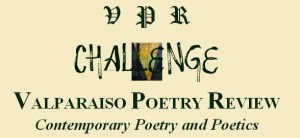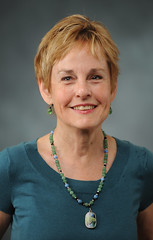Carta Marina was the first largely accurate map of the Northern Countries, completed by the Swedish historian Olaus Magnus in 1539. Ann Fisher-Wirth has taken her inspiration from this map–complete with its lions, sea monsters, and warriors–for her poem in three parts–Olaus Magnus’ Carta Marina, The Coming of Winter, and Les Tres Riches Neures.
“When I was young, Yeats said, I wanted to take off my clothes,/
now I want to take off my body.” (From April 3. In the Restaurant, Page 61)
Each poem within the overarching three parts of the larger poem, Carta Marina, chart the story of the narrator as she travels through Sweden and the inner heart and soul. The poems are dated so readers can follow the poet narrator’s progress as they deal with old age, finding a lost love, and incredible loss.
In section one of the poem, readers follow Olaus Magnus on his journey into the north interspersed with email from Paris between lovers. Fisher-Wirth uses a combination of images and stylistic devices to create her own unique account of a cartographer’s journey, but in some cases, the use of the alphabet was a bit difficult to follow and at times distracting. Readers may need to sit with these poems, allowing their meaning to simmer to the surface.
“But in the booth facing me the twenty-first child/
chews stolidly, gazing . . ./
lost in whatever dream, as her duckling-colored//
braids bob and her jaws revolve./
Above her pale blue jacket her eyes meet mine;/
I look away, look back, she is watching me./
In this season of coming winter she is my daughter.//” ( From November 14, Page 33)
The second section of the poem, the narrator is reflecting on her existence and how she relates to those in in her life and life-changing events. But there is also a reflective self-examination of who she once was and how to reconcile that person who is no longer present with the woman she has become. From beautiful and mysterious phrases like “icy mercury blackness” to jarring images such as “Three skulls form the base of the table,” readers will transition from thoughtful to alert awe.
In the final third of the book, Fisher-Wirth incorporates some musical rhythm through repetition. Carta Marina may resemble a cartography of life and aging, but the poem in three parts is a journey, like a journey through the northern lands of Sweden, wrought with harsh weather and rough terrain. The background story behind the map inspiring these poems is intriguing, but readers could find that they will have to take their time with some of these poems, churning over their images like the Baltic Sea.
December 17, 4 a.m.
I know how to find you.
I go where your sleeping
is filled with the shadows
of leaves, where the leaves have
bled their green,
and all that remain are
their skeletons, nearly
transparent, translucent,
and tissue gone blurred as
the moon among clouds, as
the fur on a moth’s wing,
and tips as if trailing
through water . . .Such leaves are not common.
In this snowy country
they cherish them, save them,
the white skelettbladen–
like us, they have died, to
become more enduring.
(From Page 47)
I’d like to thank Ann Fisher-Wirth (click her name for my interview) for sending me a free copy of her book, Carta Marina, for review. Also, clicking on images and text links to books will bring you to my Amazon Affiliate page. No purchases are required.
This is my 5th book for the poetry review challenge.






